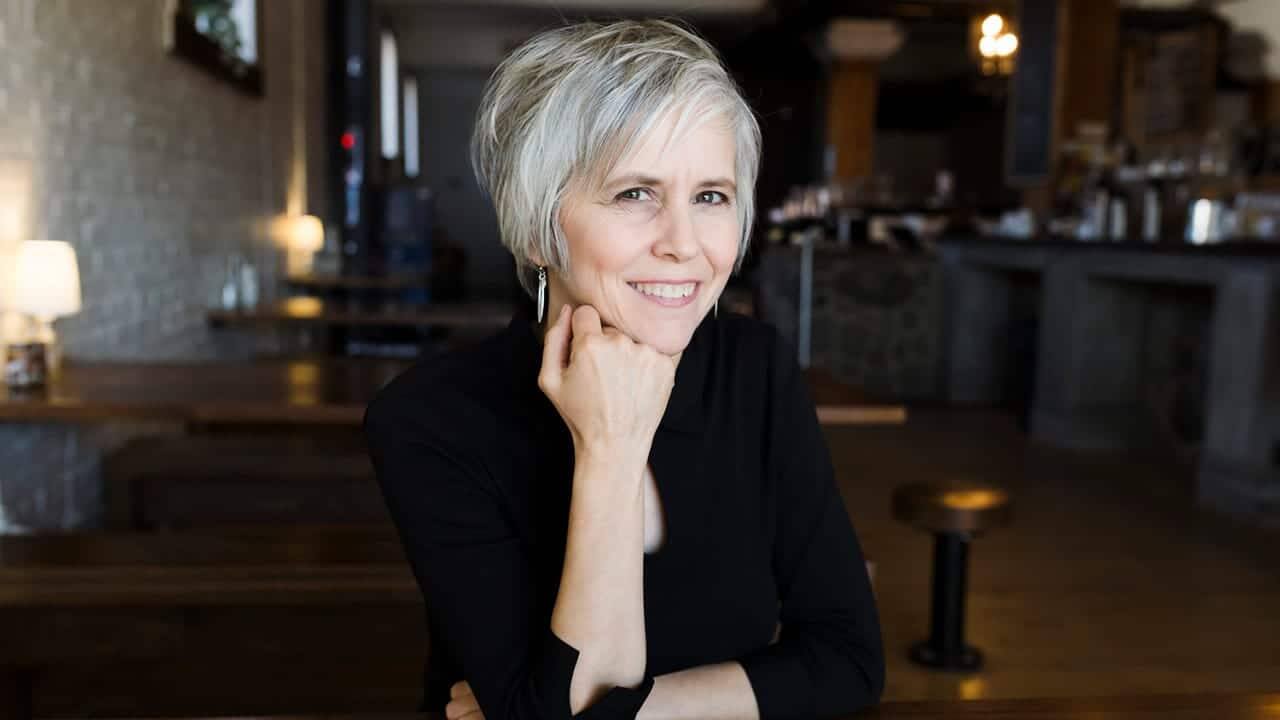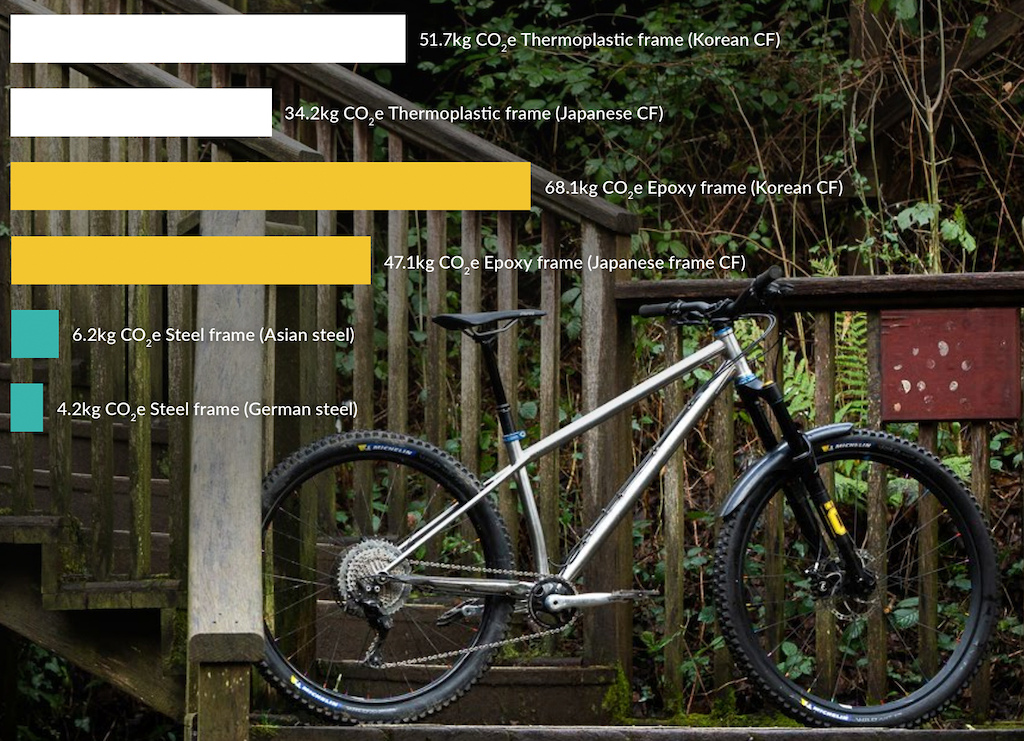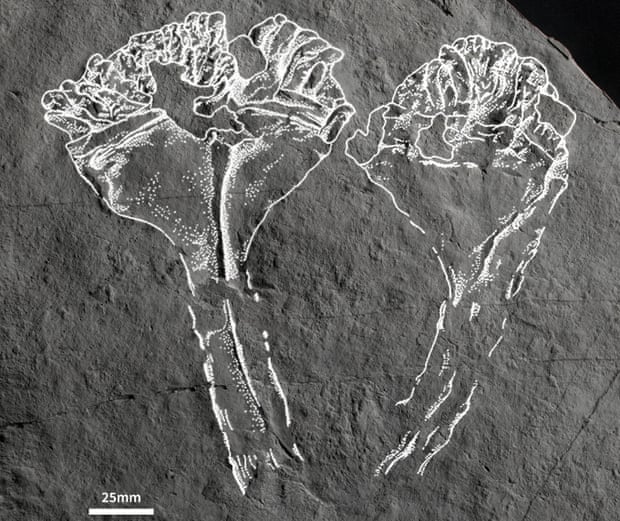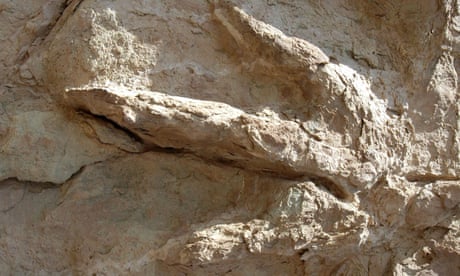Magnus Carlsen Is Giving Up The World Title. But The Carlsen Era Lives On.
By Jake Lourim
JUL. 26, 2022

PHOTO ILLUSTRATION BY DAN DAO / GETTY IMAGES
The chess grandmaster Magnus Carlsen announced last week that he will not defend his world championship next year. There are two ways to look at this news: One is with shock, given that Carlsen is maybe the greatest chess player of all time, at arguably the peak of his powers, with a good chance to win a sixth world title in 2023. But the other is without, given that Carlsen hinted several times that he had played his last world championship match in December.
Announcements like Carlsen’s aren’t uncommon across the sports world — see, for example, Michael Jordan, Michael Phelps or Ashleigh Barty — but they always seem surprising. At this point, though, maybe they shouldn’t be, given the diminishing incentives for a great player to keep defending their place at the top.
Carlsen confirmed his intentions on Wednesday in the first episode of his podcast, “The Magnus Effect.” He said he had mulled his world championship future for more than a year, even before defeating Ian Nepomniachtchi for his fifth title, and that he was “pretty comfortable” with his decision to step aside. He confessed that he was “not motivated to play another match,” that “I don’t particularly like it” and that “I don’t have any inclination to play.” He added, “I don’t rule out a return [to world championship matches] in the future, but I wouldn’t particularly count on it, either.”
Carlsen’s legacy is largely secure: Many consider him the best player of all time. Chess has used the Elo rating system to rank players for more than a century, and by that metric, Carlsen is the GOAT. He surpassed Garry Kasparov’s record mark of 2851 after winning the London Chess Classic in December 2012, and he has stayed above that peak for most of the past decade.
But as in any other sport, comparing players of different eras is complicated. Robert Hess, a grandmaster and commentator for Chess.com, suggested that if you could pit today’s Carlsen — with today’s knowledge and today’s tools, having beaten today’s competition — against previous greats like Kasparov or Bobby Fischer, Carlsen would likely win.
“I’ve made this argument before, that essentially the high school physics teacher that you and I had knew more than Isaac Newton,” Hess said. “And that’s not to say that Isaac Newton wasn’t more talented. Isaac Newton just didn’t have the resources. Because of [their] predecessors, these players are better, and that’s true in most disciplines.”
Today’s chess champions study not only from books and historical games but also using the chess engine Stockfish and the neural network NNUE, which weren’t available to Kasparov and Fischer in their primes. But is Carlsen the best player of all time, adjusted for technological advancement? That’s impossible to say.
The arc of Carlsen’s world championships is the clearest proof of how his development has paralleled the advancements in how humans understand the game. In 2013, he wrested his first title from the reigning champ Viswanathan Anand. That was a best-of-12 series, but Carlsen only needed 10 games, winning 6.5 to 3.5. The next year, Anand challenged Carlsen for the title and even defeated him in one game, but Carlsen still won in 11 games, 6.5 to 4.5. In 2016, Carlsen appeared vulnerable, as challenger Sergey Karjakin earned the match’s first victory in Game 8. Carlsen evened the score in Game 10, though, and eventually won two rapid games as a tiebreaker. But the gap appeared to be narrowing.
Finally, in 2018, Carlsen and Fabiano Caruana completed one of the most impressive feats in chess history. The two grandmasters, ranked first and second in the world, played 12 straight draws before switching to the rapid format to break the tie. Carlsen won all three rapid games, but the match was otherwise a dead heat. On his podcast last week, Carlsen called his 2018 victory “the most fun” and “the most interesting.”
Carlsen’s 7.5 to 3.5 rout of Nepomniachtchi last fall was his most lopsided win yet, but Stockfish and NNUE told a fuller story of the skill on display. The match began with five straight draws, and Game 7 was, according to Stockfish, the most flawlessly played game in World Chess Championship history. Games 3 and 10 were tied for the second-most-accurate games played in championship history. The match shifted late in Game 6 when Carlsen won a record 136-move marathon that lasted nearly eight hours.
Training at that level is both mentally and physically draining; committing to another world championship would have meant six more months of that grind, followed by a rematch with Nepomniachtchi.1 That would have left Carlsen with something to lose and little to gain. “From a purely enjoyment perspective, I think that checks out,” Hess said. “I think from a competitive standpoint, it also makes a lot of sense.”
Elite competitors in Carlsen’s position have often found that there’s more to be lost than gained at the top — it’s even baked into the mathematical formula for Elo ratings. The system assigns each player a rating based on past results, and those ratings change based on players’ prematch win probabilities. Because Carlsen is the higher-ranked player in every game he plays, his wins only add a limited number of points to his rating, and his draws usually decrease his rating. Even after last year’s world championship, where he won 7.5 of 11 games against the fifth-ranked player in the world (rated 2782), Carlsen’s rating jumped by just 9 points, from 2856 to 2865.
When Carlsen reflected on his journey last week, he recalled playing in the Candidates Tournament on “a whim,” hoping only to win one world championship and lacking motivation to defend it as early as 2016. “I feel like I mostly played that match because other people sort of relied on it, expected me to,” he said. He admitted his next thought would sound strange to people who spend their lives trying to win one world championship. “[Going from] four championships to five, it didn’t mean anything to me. It was nothing. I was satisfied with the job that I’d done. I was happy not to have lost the match. But that was it.”
Even after abdicating his world championship, Carlsen will continue to occupy a unique space in the chess zeitgeist. The game has existed for centuries, contested often by little-known individuals who laid the foundation for much of modern strategy. It’s also experiencing a boom in popularity, driven in part by the COVID-19 pandemic and experienced by many people who have never played chess on a physical board. Carlsen is the link between chess’ past and its future. He earned the title of grandmaster at age 13, the same year he beat former world champion Anatoly Karpov and drew a game with Kasparov, almost beating the longtime world No. 1. He holds that connection to his predecessors — Kasparov was among those who wished him well last week — but he also resonates with the modern audience. He may be the biggest celebrity in chess since Fischer.
Through his business and his sponsorships, Carlsen is the rare multimillionaire in chess. This summer, he played the World Series of Poker Main Event. He advised the Golden State Warriors’ Klay Thompson and made a cameo with Daryl Morey, the Philadelphia 76ers’ president of basketball operations. He played chess with Bill Gates on a Scandinavian talk show and won in nine moves. He cracked jokes on an episode of “The Simpsons.” He was a guest on “The Colbert Report.” He appeared in a Porsche commercial alongside Muhammad Ali and Maria Sharapova. He was one of TIME’s 100 most influential people in 2013, the year of his first world championship. “If he can rekindle the world’s fascination with the royal game,” Kasparov wrote at the time, “we will soon be living in the Carlsen Era.”
How prescient those words were. In the end, Carlsen’s true legacy will be the effect Kasparov described — he became a global ambassador to chess and, with his international renown, helped bring it into mainstream popular culture.
Perhaps Carlsen will be back on the world championship stage again someday, like Jordan and Phelps were. Either way, he has a busy schedule and has said his next goal is to become the first player to achieve a 2900 rating. If anyone can do it, it’s Carlsen — and there’s no better time than the present, given how much the realm of what’s possible in chess has expanded since Carlsen became the face of the sport.
Jake Lourim is a freelance writer in Washington. He most recently worked for the Louisville Courier-Journal. @jakelourim



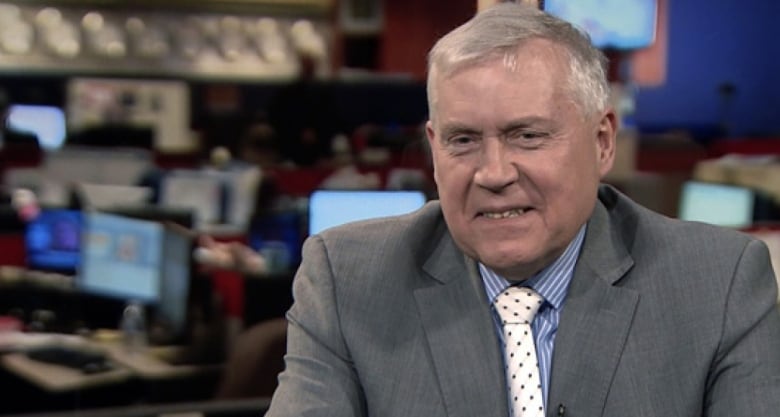


 Pauline has to say goodbye to her home after she received an eviction notice in June. (Jeanne Armstrong/CBC)
Pauline has to say goodbye to her home after she received an eviction notice in June. (Jeanne Armstrong/CBC)
